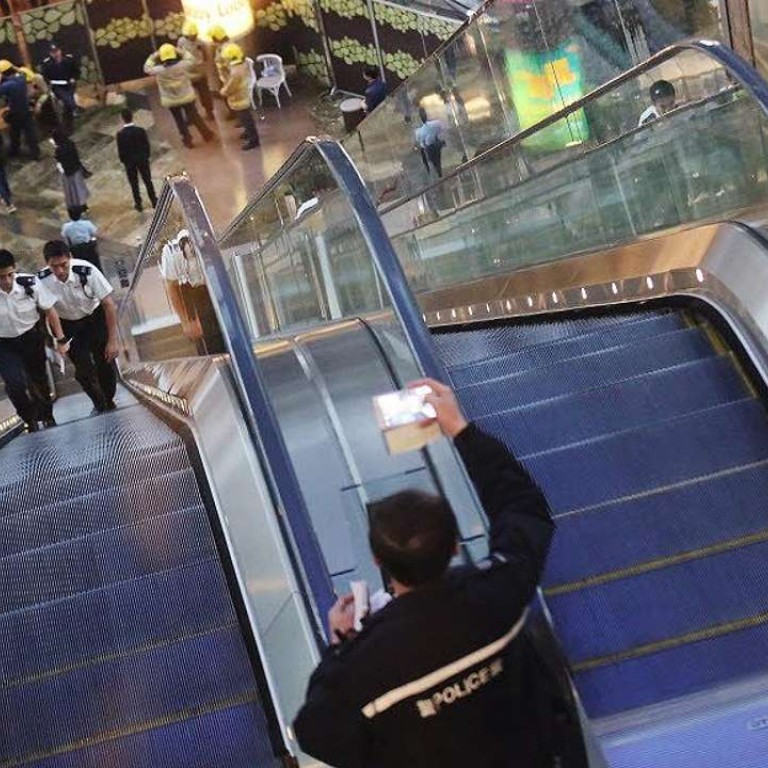
Escalator accident a reminder safety cannot be taken for granted
Mechanical failures are rare but not so careless behaviour; public education and more rigorous inspections are necessary
The escalator in question whisks users directly from the fourth to the eight floor inside the upper section of Langham Place. Spanning 45 metres at a steep angle, it attracts locals and tourists alike for being one of the longest unsupported escalators in the city. Immediate checks on all escalators inside the mall did not reveal any irregularities.
Recordings from closed-circuit television cameras showed that a packed escalator moving up suddenly reversed direction at high speed for about 15 seconds before coming to a halt. Many people tumbled down, while others higher up were scrambling to keep their balance. At least 18 people were injured. The footage showed that many users were not holding onto the handrail when the accident happened.
Exactly what went wrong is now the subject of an investigation by the Electrical and Mechanical Services Department, the government’s regulator for electrical and mechanical safety. The accident prompted the department to order urgent inspections on all escalators higher than 15 metres in the city.
It is regrettable that it took an incident of this nature, which made headlines around the world, for action to be taken. Belated as it is, the order for citywide inspections is a necessary step for restoring public confidence.
So well developed is the city’s urban infrastructure that we tend to assume that mechanical and electrical installations will work with clockwork precision. But the reality is that even the most advanced designs and technologies cannot be foolproof. Records show that there have been 29 cases of faulty escalators since June 2011, though incidents involving careless behaviour were far more frequent, averaging four each day. That makes public education and an effective safety monitoring regime all the more important.

